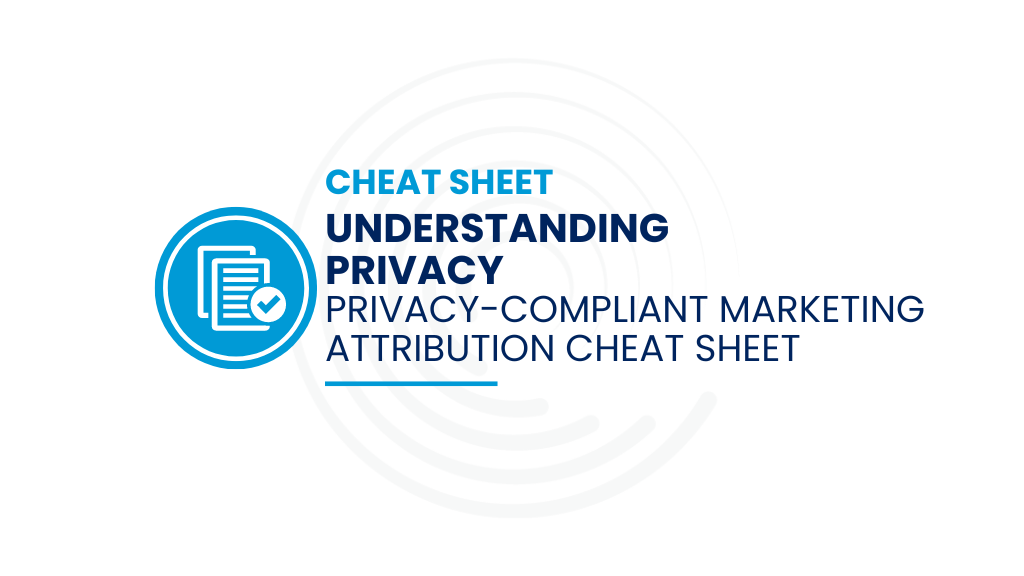 As a B2B marketer, you need to be able to attribute revenue to campaigns so you can invest efficiently and show marketing’s impact on the pipeline. Marketing attribution models can provide the insight you need to make the right investment decisions and defend the spend, and there are many different types of models that provide insight on how well your campaigns are working.
As a B2B marketer, you need to be able to attribute revenue to campaigns so you can invest efficiently and show marketing’s impact on the pipeline. Marketing attribution models can provide the insight you need to make the right investment decisions and defend the spend, and there are many different types of models that provide insight on how well your campaigns are working.
Broadly, marketing attribution models fall into two categories: single touch and multitouch. You can download our attribution model cheat sheet here to get an overview of the types of models marketers use and the advantages and drawbacks of each. But when you’re ready to start using multitouch attribution models, make sure you avoid these four mistakes.
- Building a model based on campaign type: If you’re trying to find out which channel is most effective, your first impulse may be to weigh a multitouch model using the “campaign type” field. Don’t do it! An email will always win in that scenario due to automation, and then you won’t get an accurate view of campaign effectiveness. Instead, create an even spread model built around your marketing strategy (see #2 below), then group results by campaign type to gain insight into which channels are most effective.
- Building a model based on something other than your marketing strategy. Marketing attribution models should always reflect the marketing strategy. So, if you’re trying to bring new people into the funnel, weight campaign responses that result in new names. If your intent is to create campaigns that nurture contact across the entire sales cycle, use a multitouch even-spread model so you can see which campaigns consistently deliver balance. If you are trying to penetrate a new industry, weigh responses from that specific sector the most. If you’re looking to target specific company size, weight responses accordingly.
- Depending on a single model. As the cheat sheet linked above details, every marketing attribution model has pros and cons. That’s why it’s not a good idea to rely on a single model. Instead, use multiple models for a more balanced view, keeping the overall marketing strategy in mind as you build each one. This is how to get insight on performance in terms of what you’re trying to accomplish, and multiple models can illuminate different aspects of performance.
- Building models on a platform that isn’t accessible to the entire revenue operations team. Marketing attribution models are an excellent tool to defend the spend. When you can show the leadership team that every marketing dollar invested results in $X in revenue, you can make the case for a bigger budget. But the data needs to be housed in a place that’s accessible to the entire revenue ops team rather than siloed on a platform no one outside of marketing uses. The CRM makes the most sense. It’s accessible to all with no special logins required, and you can share reports with everyone to maximize transparency.
Multitouch attribution models are a great way to understand how marketing impacts revenue. Full Circle Marketing Attribution provides out-of-the-box attribution tools and customizable options that can help you analyze how campaigns drive revenue and build pipelines. As you explore marketing attribution models, avoid these four mistakes, and you’ll get the insights you need.




